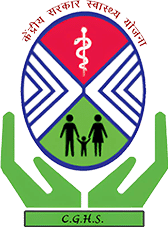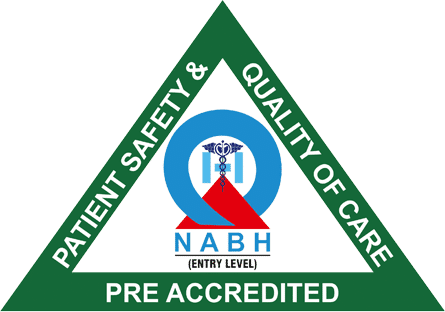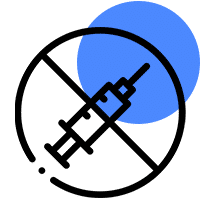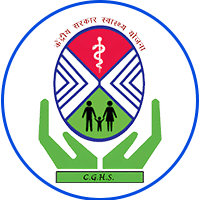What Is Modern Cataract Surgery and Why Does It Matter?
Cataracts are one of the most common age-related vision problems, especially in people over 50. Traditionally, cataract surgery was seen as a slightly intimidating medical procedure. But with today’s technology, that’s no longer the case.
Modern cataract surgery is minimally invasive, bladeless in many cases, and offers quick recovery with long-lasting results. The techniques and tools used today have completely changed how patients experience this surgery—and that’s why so many are opting for it earlier and more confidently.
Understanding the Patient Perspective: Why the Shift?
When you ask patients why they delayed cataract surgery in the past, common answers include:
· “I was scared it would hurt.”
· “I thought it’s only for people who are nearly blind.”
· “I wasn’t sure how long it would take to recover.”
But thanks to advancements in femtosecond laser technology, premium intraocular lenses (IOLs), and same-day discharge, the fear factor has dropped significantly. In fact, many patients now say:
“If I had known it was this simple, I would’ve done it much sooner.”
Top 7 Benefits of Modern Cataract Surgery
- Faster Recovery Time
Most patients return to light activities within 24 to 48 hours. Vision continues to improve over the next week. The downtime is minimal, and you don’t need prolonged bed rest.
- Blade-Free Laser Precision
With bladeless laser-assisted surgery, doctors can make ultra-precise incisions without using a surgical blade. This means:
· Less trauma to the eye
· Faster healing
· Reduced risk of infection
- Improved Vision Quality
Gone are the days when cataract surgery only restored basic sight. With advanced IOLs, patients now report:
· Sharper vision
· Better night vision
· Reduced need for glasses
Some IOLs even offer multifocal correction, helping with both near and far vision.
- Minimal Pain or Discomfort
Modern techniques use topical anesthesia (eye drops), not painful injections. Most patients say the procedure felt like a slight pressure or no sensation at all.
- Same-Day Discharge
You walk in and walk out the same day. No need for hospital stays or extended observation.
- Long-Term Results
The results from cataract surgery can last a lifetime. Once the cloudy lens is replaced with an artificial one, cataracts cannot return in the same eye.
- High Success Rate
Modern cataract surgery has a success rate of over 98%. Complications are rare and usually manageable if addressed early.
What Technologies Are Used in Todays Cataract Surgeries?
You might hear terms like:
- Femtosecond laser
- Phacoemulsification
- Toric and multifocal lenses
Technologies Used in Cataract Surgery: Comparison Table
| Technology | What It Does | Why It Matters |
| Femtosecond Laser | Creates precise incisions | Reduces human error |
| Phacoemulsification | Breaks up and removes cataract | Minimally invasive |
| Premium IOLs | Customizes your vision correction | Reduces dependence on glasses |
Common Questions About Modern Cataract Surgery
Is cataract surgery painful?
No. Most patients feel no pain at all, thanks to topical anesthesia and minimally invasive techniques.
How long does the procedure take?
Around 15 to 20 minutes per eye. You’ll be monitored briefly post-surgery and discharged the same day.
Will I still need glasses?
That depends on the type of IOL used. Multifocal or toric lenses can reduce or eliminate your need for glasses.
When can I go back to work?
Most people resume work within 2 to 3 days, unless their job involves heavy lifting or dusty environments.
Is it covered by insurance?
Basic cataract surgery is often covered by health insurance. Premium lens upgrades may involve out-of-pocket expenses.
Final Thoughts: Why Waiting Might Not Be Worth It
Delaying cataract surgery often means living with blurred vision, headaches, and reduced independence. Modern cataract surgery is safe, effective, and convenient—making it easier than ever to get your vision and confidence back.
If you or a loved one has been told you have cataracts, it’s worth scheduling a consultation sooner rather than later.















